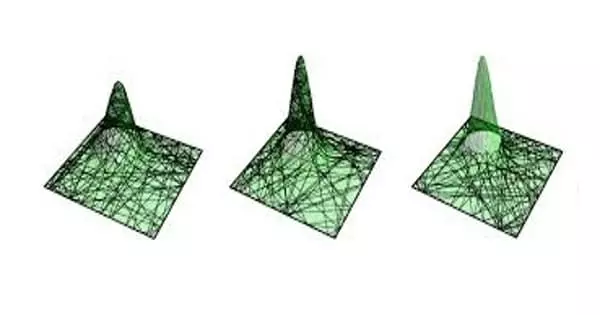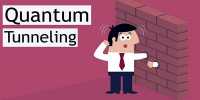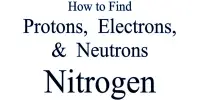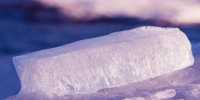The quantum world and our everyday world are worlds apart. Physicists are now investigating how the act of measuring a quantum particle converts it into a commonplace object. Quantum mechanics is the theory that describes the smallest objects in our environment, ranging from single atom constituents to small dust particles. Despite the fact that all objects in our human-scale world are made of quantum particles, this microscopic realm behaves remarkably differently from our everyday experience.
The quantum world and our everyday world are worlds apart. UvA physicists Jasper van Wezel and Lotte Mertens, along with their colleagues, investigated how the act of measuring a quantum particle transforms it into an everyday object in a paper published this week as the “Editor’s Suggestion” in Physical Review A.
Quantum mechanics is the theory that describes the smallest objects in our environment, ranging from single atom constituents to small dust particles. Despite the fact that all objects in our human-scale world are made of quantum particles, this microscopic realm behaves remarkably differently from our everyday experience. This raises intriguing physical questions, such as why the quantum and macroscopic worlds are so different, where the dividing line is, and what exactly happens there.
The experimental techniques have progressed to the point where various examples of non-trivial nanostructures have been synthesized, making the dynamics of a constrained particle and the link with geometry a realistic and important topic of research. A formalism for deducing a meaningful Hamiltonian for the confinement was devised decades ago, demonstrating that a geometry-induced potential (GIP) acts on the dynamics.
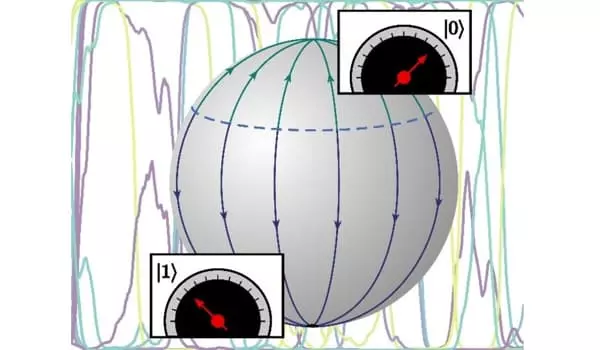
Measurement problem
When we use an everyday object to measure a quantum system, the distinction between quantum and classical becomes critical. The distinction between the quantum and everyday worlds then boils down to determining how ‘large’ the measurement device should be in order to display quantum properties on a display in our everyday world. The quantum measurement problem is the process of determining the specifics of measurement, such as how many quantum particles are required to create a measurement device.
The invisible line where pure quantum behavior crosses over into classical measurement outcomes is rapidly approaching as experiments probing the world of quantum mechanics become more advanced and involve larger quantum objects. In an article published as a “Editor’s Suggestion” in Physical Review A, UvA physicists Jasper van Wezel and Lotte Mertens and their colleagues assess current models that attempt to solve the measurement problem, particularly those that do so by proposing minor changes to the one equation that governs all quantum behavior: Schrödinger’s equation.
Born’s rule
The researchers demonstrate that such changes can, in theory, result in consistent proposals for solving the measurement problem. However, it turns out that creating models that satisfy Born’s rule, which tells us how to use Schrödinger’s equation to predict measurement outcomes, is difficult. The researchers demonstrate that only models with sufficient mathematical complexity (in technical terms, non-linear and non-unitary models) can give rise to Born’s rule and thus have a chance of solving the measurement problem and teaching us about the elusive crossover between quantum physics and everyday life.
